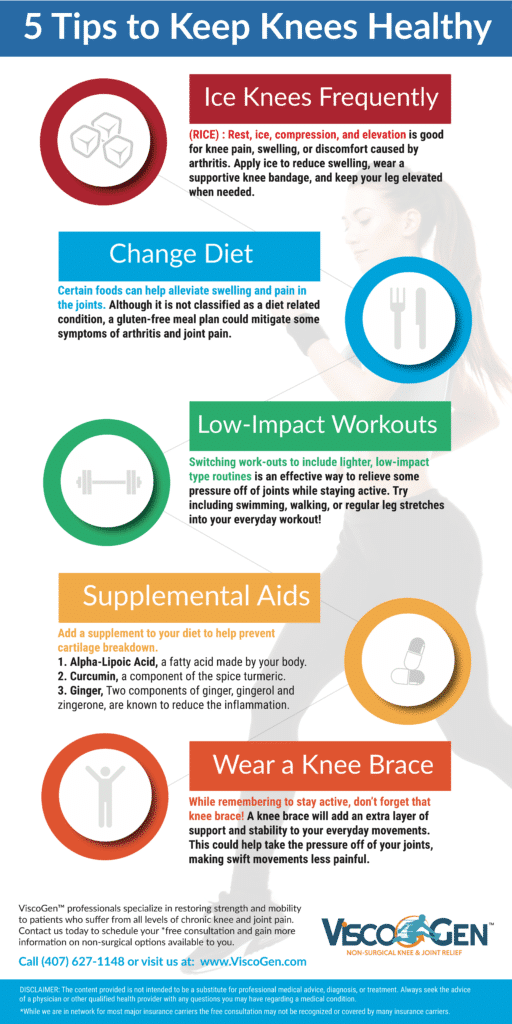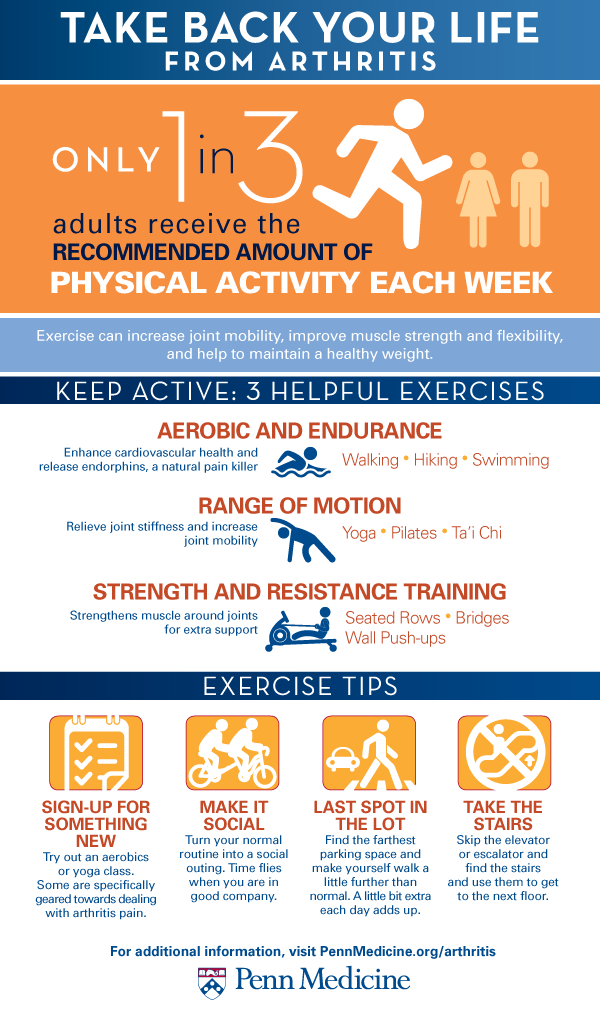Discover the top 10 natural remedies and exercises to relieve knee pain and improve your quality of life today.
Table of Contents
- Introduction to Knee Comfort
- Understanding Knee Pain
- Caring for Knee Pain at Home
- Exercises for Healthy Knees
- When Should You See a Doctor?
- Understanding Arthritis in Knees
- Foods for Strong Joints
- Tips for Avoiding Knee Injuries
- The Role of a Healthy Lifestyle
- Wrap-Up: Steps to Keep Knees Smiling
- Frequently Asked Questions
Introduction to Knee Comfort
Have you ever experienced knee pain? Do you want to learn how to keep your knees healthy and happy? In this article, we’re going to talk about knee comfort and ways to prevent those pesky aches and pains in your joints.
Our knees play a crucial role in helping us walk, run, jump, and play. They are essential for keeping us active and mobile. That’s why it’s important to take care of them and ensure they stay in good condition. Let’s dive into how we can keep our knees in tip-top shape!
Understanding Knee Pain
In this section, we will delve into the reasons why your knees might ache and how crucial they are for your daily activities.
How Knees Work
Our knees are amazing joints that help us walk, run, jump, and do all sorts of fun things. They bend and straighten like a hinge, allowing us to move easily. So, when you experience knee pain, it can make these activities more difficult. Understanding how your knees work can help you take better care of them.
Common Causes of Knee Pain
There are many reasons why your knees may hurt. Sometimes, falls or accidents can lead to knee pain. Other times, simply using your knees a lot, like when you play sports or run around, can cause discomfort. It’s essential to pay attention to how you use your knees and protect them from injury.
Caring for Knee Pain at Home
When your knees are feeling sore, it’s important to give them a rest. Just like your body needs sleep to recharge, your joints need a break from all the running and jumping you do every day. Taking it easy and not putting too much pressure on your knees can help them feel better in no time.

Image courtesy of www.pinterest.com via Google Images
Simple Home Remedies
There are some easy ways to make your knees feel more comfortable right at home. One simple trick is to use ice packs to reduce swelling and numb the pain. You can also try using a warm compress, like a heating pad, to relax your muscles and ease any stiffness. Sometimes, even just elevating your legs while you relax can take some pressure off your knees and help them feel better.
Exercises for Healthy Knees
In this section, we’ll get to know fun moves that can make our knees strong. It’s important to keep our knees healthy and strong so we can keep moving and playing without any pain.
Stretching Safely
Stretching is a great way to keep our knees flexible and prevent them from getting stiff. Try doing some simple stretches like touching your toes or lunging forward. Just remember not to push yourself too hard and stop if you feel any pain.
Building Strength
Building strength in the muscles around our knees can help support them and protect them from injury. Consider trying exercises like squats, leg raises, or lunges to make your knees super strong. Start with a few repetitions and gradually increase as you get stronger.
When Should You See a Doctor?
Let’s find out when a grown-up should help you with your knee trouble.

Image courtesy of viscogenorlando.com via Google Images
Knowing When to Seek Help
If your knee pain is severe and doesn’t go away with rest or simple remedies, it might be time to see a doctor. Also, if your knee looks swollen or feels warm to the touch, it’s essential to get professional advice. It’s crucial to play it safe and not ignore the pain.
Getting the Right Diagnosis
When you visit a doctor, they will ask you questions about your knee pain and may perform some tests to figure out what’s causing it. They might also recommend an X-ray or MRI to get a closer look at what’s going on inside your knee. Don’t be afraid to ask questions and share how you’re feeling with the doctor.
Understanding Arthritis in Knees
When knees get very sore because they get worn out or sick, that’s called arthritis. It’s a big word that means the cushioning in your knees, called cartilage, is not as smooth as it should be. This can make moving your knees feel bumpy and painful. Arthritis can happen to anyone, even kids, but it’s more common in older people.
What Happens in Arthritis
Imagine your knee joint is like a smooth hinge that lets your leg bend and straighten easily. With arthritis, this hinge gets rough and bumpy, making moving your leg feel stiff and painful. In some cases, the knee can even look a little swollen and red.
How Arthritis Affects Kids and Grown-Ups
While arthritis is more common in grown-ups, kids can get it too. In kids, arthritis might happen because of an injury, infection, or a problem with their immune system. Grown-ups usually get arthritis as they get older when the cartilage in their knees wears away due to years of use.
In kids, arthritis can make everyday activities like walking, running, and playing feel difficult. For grown-ups, arthritis can make simple tasks like climbing stairs or bending your knees painful. But with the right treatment and care, arthritis can be managed well.
Foods for Strong Joints
We will learn about superfoods that make your knees happy and healthy.

Image courtesy of rampalsurgery.com via Google Images
Tips for Avoiding Knee Injuries
It’s essential to keep your knees safe and healthy to enjoy all the fun activities you love. Here are some tips to help you avoid knee injuries:
Listen to Your Body
Pay attention to how your knees feel when you’re playing or exercising. If you notice any pain or discomfort, take a break and rest. Pushing through the pain can lead to injuries.
Warm Up Before Activity
Before you start any physical activity, make sure to warm up your muscles and joints. Gentle stretches and a short walk can help prepare your knees for action and reduce the risk of injury.
Use Proper Technique
When participating in sports or exercise, make sure you are using the correct form and technique. Improper movements can put unnecessary strain on your knees, leading to injuries. If you’re unsure, ask a coach or instructor for guidance.
Wear the Right Gear
Depending on the activity you’re doing, wearing the appropriate footwear and protective gear can help prevent knee injuries. Good shoes with proper support and padding can reduce the impact on your knees during high-impact activities.
| Tip | Description |
|---|---|
| Apply Ice | Place an ice pack on your knee for 15-20 minutes every few hours to reduce inflammation and numb the pain. |
| Elevate Your Leg | Rest with your leg elevated above your heart to reduce swelling and improve circulation. |
| Anti-Inflammatory Medication | Take over-the-counter NSAIDs like ibuprofen to reduce pain and inflammation. |
| Exercise | Strengthen the muscles around your knee with low-impact exercises like swimming or biking. |
| Use Knee Support | Wear a brace or sleeve to provide support and stability to your knee. |
| Stretching | Regularly stretch your hamstrings, quadriceps, and calf muscles to improve flexibility and reduce strain on your knee. |
Cross-Train
It’s important to vary your physical activities to avoid overloading one set of muscles or joints. Mix up your exercise routine with activities that work different muscle groups to prevent overuse injuries in your knees.
Maintain a Healthy Weight
Being overweight can put added stress on your knees, increasing the risk of injuries and joint pain. Eating a balanced diet and staying active can help you maintain a healthy weight and keep your knees happy.
By following these tips and being mindful of your knee health, you can reduce the risk of injuries and enjoy all your favorite activities without discomfort. Remember, taking care of your knees now will benefit you in the long run!
The Role of a Healthy Lifestyle
Did you know that taking care of your knees doesn’t just involve exercises and remedies? A healthy lifestyle plays a crucial role in keeping your joints happy and pain-free. Let’s explore some cool facts about how simple everyday habits can contribute to your overall joint health.

Image courtesy of www.pennmedicine.org via Google Images
Get Moving with Exercise
Regular physical activity, like playing outside or joining a sports team, can make your joints stronger and more resilient. When you move your body, you’re also giving your knees a workout, helping them stay healthy and flexible.
Importance of a Balanced Diet
Eating a well-rounded diet filled with nutritious foods can benefit your joints too. Foods rich in vitamins and minerals, like fruits, veggies, and whole grains, can help keep your joints strong and healthy. Remember, a healthy diet isn’t just good for your body—it’s also great for your knees!
Quality Sleep Matters
Did you know that getting enough sleep is essential for your joint health? When you rest, your body has a chance to repair and recover, including your precious knees. So, make sure to get those Z’s to keep your joints in tip-top shape.
Stay Hydrated
Drinking plenty of water throughout the day can help keep your joints lubricated and functioning smoothly. Hydration is key to maintaining healthy knees, so be sure to sip on water regularly to support your joint health.
Wrap-Up: Steps to Keep Knees Smiling
Keeping your knees healthy and happy is super important so that you can keep on running, jumping, and playing without any pain. Let’s go over some easy steps you can take to make sure your knees are always smiling!
Stay Active with Fun Exercises
One of the best ways to keep your knees strong and healthy is by moving your body through fun exercises. Try activities like biking, swimming, or even dancing to keep your joints in good shape.
Eat Well for Strong Joints
Remember to eat foods that are good for your joints, like fruits, vegetables, and foods rich in vitamins and minerals. These foods will help keep your knees happy and strong.
Take Care of Your Knees
When you feel your knees starting to ache, don’t ignore it. Remember to rest, apply ice or warmth, and try gentle stretches to soothe any discomfort. Taking care of your knees early can prevent bigger problems later on.
Know When to Ask for Help
If your knee pain gets really bad or doesn’t go away, sometimes it’s best to ask for help from a grown-up like your parents or a doctor. They can give you the right advice on how to make your knees feel better.
By following these simple steps, you can ensure that your knees stay healthy and strong for all the fun activities you love to do. Keep moving, eating well, and taking care of your knees, and they’ll keep on smiling for you!
Frequently Asked Questions
Why do my knees hurt?
Your knees might hurt for various reasons, such as playing sports a lot, growing quickly, or even just from walking or running too much.
Can knee pain go away on its own?
Sometimes knee pain can go away on its own if you rest, ice it, and take care of it. But if it doesn’t get better, it’s essential to talk to a grown-up or a doctor to make sure everything is okay.
What are some simple ways to make my knees feel better?
Resting is crucial for your knee health, along with using ice or warmth to ease any discomfort. Doing gentle stretches and exercises can also help make your knees stronger and happier.
Is it okay to exercise with knee pain?
It depends on the type of exercise and how your knees feel. Some low-impact activities like swimming or biking can be easier on your knees than running or jumping. Always listen to your body and stop if you feel any pain.
When should I see a doctor for knee pain?
If your knee pain is severe, lasts a long time, or keeps coming back, it’s essential to talk to a grown-up or a doctor. They can help figure out the best way to care for your knees and get you feeling better.
How can I prevent knee injuries?
To avoid knee injuries, it’s essential to warm up before exercising, use proper techniques, wear the right shoes, and listen to your body. Building up the muscles around your knees can also help prevent injuries.





